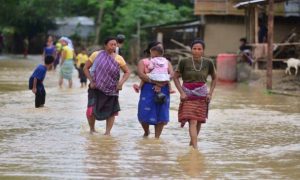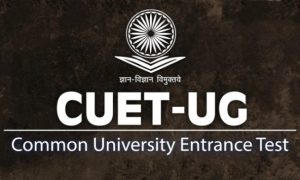nearly two years into the pandemic has led to several socio-economic challenges, from unemployment and dip in growth to huge learning gaps in education. Across the world, heated debates are taking place on issues of safety and reopening of schools, without driving up a community spread or putting teachers and students at risk.
In India, as a result of a large population and challenges of vaccine access, anxiety and insecurities have increased greatly among the parent community. With the Indian Council of Medical Research (ICMR) and other medical bodies stepping in, evidence suggests that schools should be opened in a staggered manner, especially for the age group of 12 years and above, with younger children still in the queue in most parts of the world.
Remote learning has created huge disparities between privileged and underprivileged children across India; for children with disability, the situation is even more complex. As far as school reopening is concerned across rural and urban India, minimalism should be our mantra; expenditure should only be incurred at three levels—hygiene, technology and communication.
Issues of hygiene will directly impact infrastructure at all levels, whether it is furniture, fixtures, equipment; all these amenities are used by children, and will have to be constantly sanitized. The entire school calendar will have to be reworked, where large gatherings of students/parents should be avoided. Students should attend classes alternatively thrice a week (on a rota basis), increasing the frequency depending upon the situation, which will help keep standards in place.
When children come to school, their entry and dispersal areas should be sanitized and disinfected. Their temperature should be taken while entering and leaving the school. Hand washing and firm rules on social distancing should be put in place.
In a classroom, the distance between the desks will have to be maintained at 1.5 meters with a maximum of 15 students per class. Activity rooms, sports rooms, laboratories and other spaces should be utilized for teaching in order to distribute children across the school. Children will only be able to have physical activities, like aerobics, yoga, calisthenics or any other individual activity. Refreshments should not be shared. Canteen and other eating outlets should not be opened.
All staff members should have had both the doses of vaccine; masks should be worn by all staff, auxiliary staff and students at all times. Toys, books and other equipment in classes, libraries and playrooms should be constantly disinfected. Students should be allowed entry/exit in toilets in turns, which will be cleaned and sanitized constantly.
The government has planned strict exhaustive guidelines, which each school should dovetail with its sanitization model. School heads and other administrative staff should be well aware of areas where sanitization is most required. The safety and security committee that is already in place should also look after hygiene. Parents should be called to observe the school and its units and give their suggestions periodically.
Hygiene audits can be done through a strong school-parent partnership. The school can involve professional parents, like doctors, counsellors and other service providers, who are part of the parent forum. A parent walk should be conducted to review the process put in place for school reopening.
Principals and staff should orient themselves with school reopening procedures across the world. The webinars and cross connections that are taking place on a daily basis will help educators and administrators orient themselves to better understand a post-pandemic school scenario.
The school authorities along with the auxiliary staff should constantly try to ensure no infection enters the campus, which in itself will be a challenge because students will commute from different areas of the city. If a single coronavirus case is detected in school, it will lead to school closure. This may happen periodically, depending upon the emerging cases.
Absenteeism may become a problem as anxious parents may not send their children to school, for fear of being infected. The school leadership should be prepared to face questions and deal with parents’ anxieties. We have to understand that whatever measures that may be taken to create a clean environment, there is a probability of cases occurring.
We have to enter schools with the belief that unless everyone is vaccinated, we will not be able to escape from the situation of infection-spreads in pockets. Schools can only do their best keeping all aspects in mind, to make reopening a reality.































